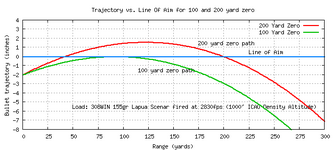- Messages
- 4,342
- Reactions
- 8,587
I will have an AOM 130 by the end of next month. Once upon a time, I owned a Universal M1 .30 Carbine. It shot well, but I sold it after my fourth wife died. I wanted to buy a James River Armory "Rockola" Carbine but am settling for an Auto Ordnance for now. (I didn't have the extra $600, and want the rifle before the November elections).
I've already ordered four USA made 30 round magazines from www.keepshooting.com and plan on installing an M2 magazine catch before I shoot the rifle. (I'm already familiar with the "reliability issues" with the Auto Ordnance Carbines). Installing a rotary safety lever is also in the future.
The way I see it, I can "polish the 'rough edges'" from the A/O Carbine before taking it out to the range. After that, about 150-200 rounds later, should have "scoured out" the rest of the problems.
While I agree that the cast receiver may not have the longevity of the milled unit, the A/O should shoot well and serve my PD/HD short range needs reasonably well.
Does anyone else have any information that will help me with my new rifle?
I've already ordered four USA made 30 round magazines from www.keepshooting.com and plan on installing an M2 magazine catch before I shoot the rifle. (I'm already familiar with the "reliability issues" with the Auto Ordnance Carbines). Installing a rotary safety lever is also in the future.
The way I see it, I can "polish the 'rough edges'" from the A/O Carbine before taking it out to the range. After that, about 150-200 rounds later, should have "scoured out" the rest of the problems.
While I agree that the cast receiver may not have the longevity of the milled unit, the A/O should shoot well and serve my PD/HD short range needs reasonably well.
Does anyone else have any information that will help me with my new rifle?












